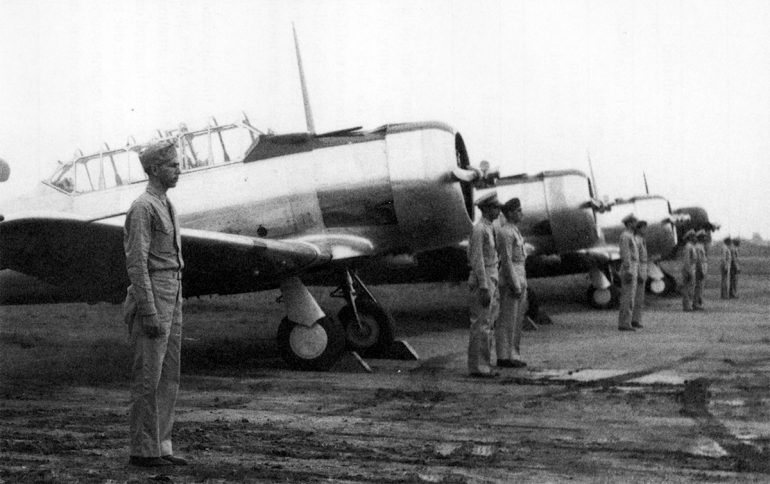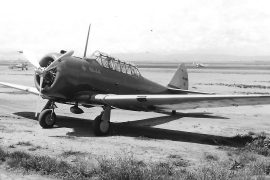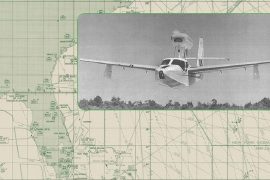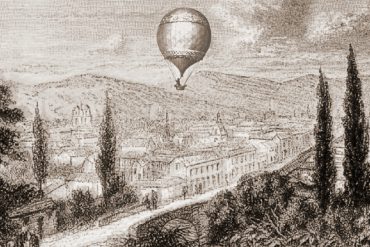The Aviación Militar Dominicana or Dominican Military Aviation -AMD- was created in 1930, and between then and 1943, approximately 15 different aircraft were operated by the service. Among those, we can mention the Vought O2U Corsairs, the Bellanca Peacemakers, the Fleet Model 10Fs, and the exotic Curtiss Wright 19Rs. As it can be inferred, the flight operations were limited and the pilots, few. It wasn’t until 1943 when the Dominican Military Aviation began to expand, and it was also during that year that the first North American AT-6 aircraft were received under the U.S. Lend-Lease program. These airplanes were three AT-6Cs that were assigned the AMD serials 6, 7 and 8 (ex USAAF 42-48962, 42-48963 and 42-48964 respectively), and were ferried by Dominican crews from the Miami’s 36th Street Airport on April 27.
The initial batch of three aircraft was followed by three more Texans, all of them being AT-6Ds, which received the serials 13, 14 and 15 (ex USAAF 42-44487, 42-44488 and 42-44489 respectively) upon arriving in September of that year. According to photographic evidence and the account of the U.S. Air Attaché at the time, the six airplanes were equipped with two .30 cal. machine guns that were installed over the nose. Unfortunately, less than a year later, the first loss of an AMD Texan occurred when the airplane serial 13 crashed during a mission over the country’s southeastern coast, killing Lt. Alfredo Fortaleza and Sgt. Rafael Suazo. Another Texan, serial 8, was lost on January 19, 1946, at Andrews airbase, but the crew was able to survive the mishap.
After the end of WWII, the Dominican dictator, Generalissimo Rafael Trujillo, set about to acquire military equipment in order improve and strengthen his armed forces, with special emphasis on the Dominican air arm, now renamed Compañía de Aviación or Aviation Company. Among the airplanes acquired, there were a SNJ-3 (Ex NC-66036) and three SNJ-4s (ex NC-65712, NC-65713 and NC-65714) that arrived in the country in August 1947. It all indicates that these surplus Texans were acquired under questionable circumstances from civilian sources and spirited away from the U.S. illegally; also, it is not clear which serials they were assigned after being pressed into service. In any case, the Texans became the main military aircraft in the country up until 1948, when the first dedicated fighter aircraft were acquired, including Lockheed P-38s, North American P-51s, Bristol Beaufighters and De Havilland Mosquito F.B. Mk 6s.

With the arrival of the fighters, it became painfully evident that capable crews to fly them were urgently needed. Hence, Trujillo’s regime hired the services of a group of Brazilian pilots -all WWII veterans- who took upon themselves the task of training the first generation of Dominican fighter pilots. For this purpose, the government acquired 12 additional AT-6Cs through the Charles Babb Co. from New York, which were delivered between December 1948 and January 1949. With the arrival of these Texans, the Dominican air arm, now reorganized as the Dominican Military Aviation Corps, introduced a new serialing system for its entire fleet consisting of four digits. In the case of the AT-6s, the airplanes were assigned serials in the 13XX range, beginning with the number 1300, which was allocated to the Texan that had carried the serial 6 initially. The Texan squadron, now totalling 17 airplanes, was complemented by an NA-44 that was acquired in December 1949, and was assigned the serial 1324 (msn 44-747, ex NX-18981.) This exotic bird, distinguishable for having a three-bladed propeller and a more powerful engine than its AT-6 / SNJ stablemates, remained in service until an accident rendered her unflyable in February 1952.
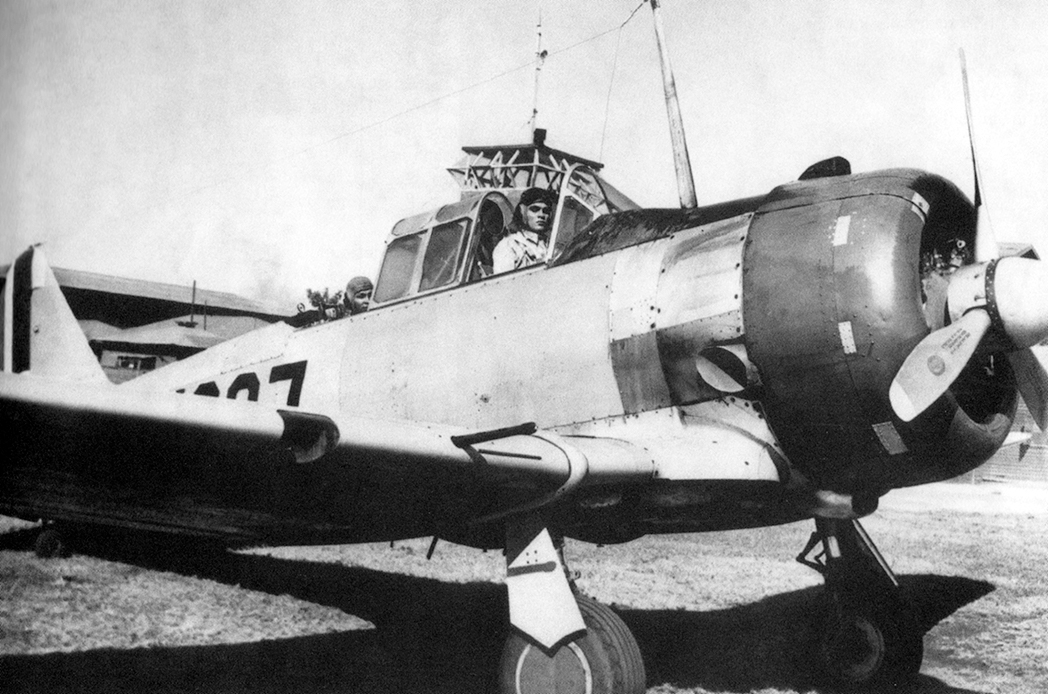
Between 1948 and 1950, the Brazilian aviators not only graduated over 100 dominican fighter pilots, but also established a credible and rather efficient air defense system that was tested at least once during the invasion attempt at Luperón Bay on June 18, 1949. After the infamous incident, the Texans, being the most numerous aircraft type in the air arm’s fleet, ended up flying countless patrol sorties, during which the Brazilians taught the Dominicans air combat techniques. By then, most of the Brazilians were homesick, even though their pay and benefits were excellent, and all but one of them decided to return to their country in November 1950. From then on, Dominican instructors took over the training of the new cadets.
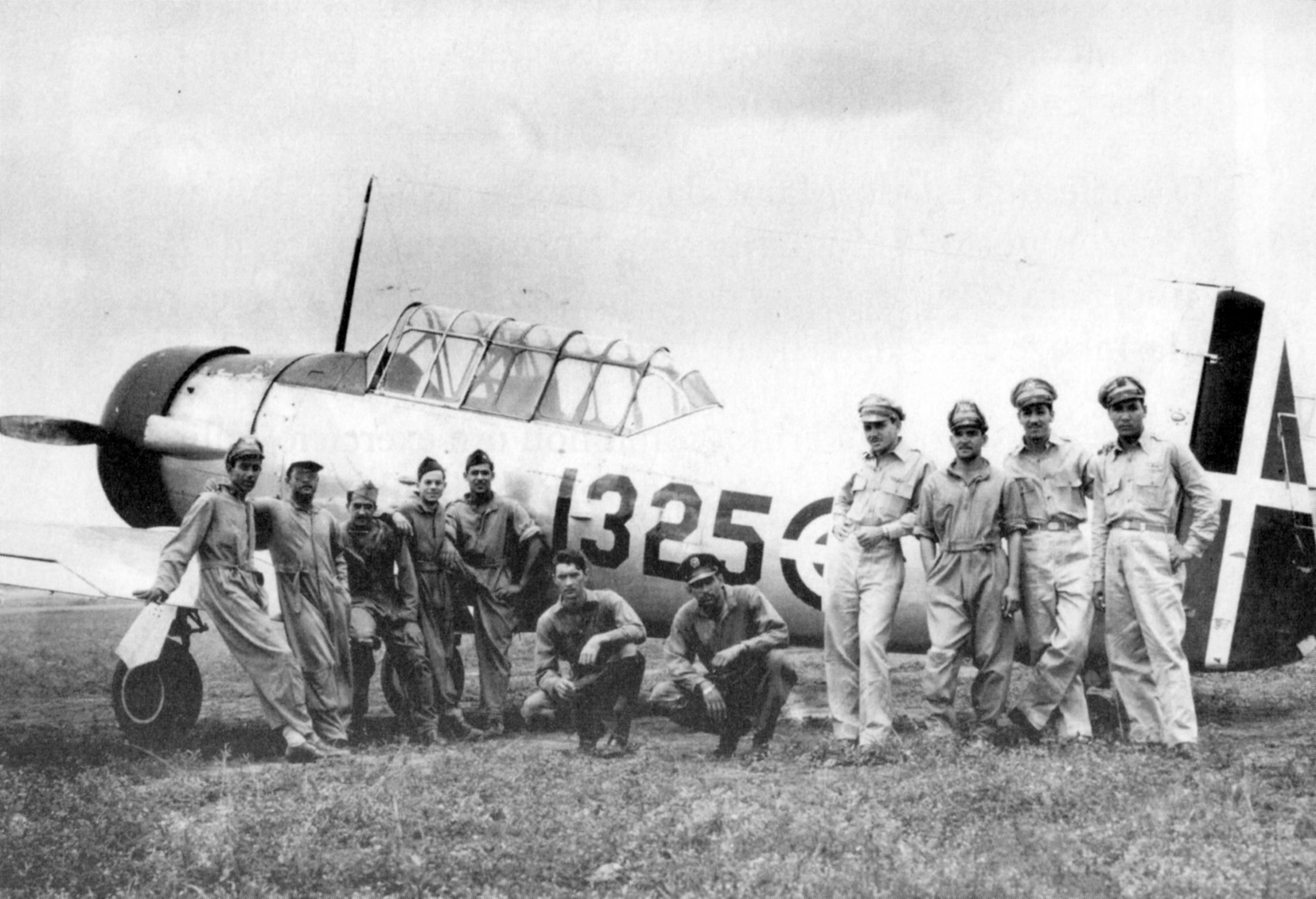
For reasons that haven’t been established yet, in June 1951 the leadership of the Dominican air arm decided to change the serials of all the Texans on hand, including the NA-44. This time, the serial numbers assigned were in the 10XX range, beginning with 1001, which was assigned to the airplane that previously carried the serial 1300. In the meantime, attrition and minor mishaps began taking a toll on the squadron and by 1953, the number of flyable airplanes had decreased considerably. Hence, late that same year, the government placed an order with Aerodex for 40 “new” Texans (mostly AT-6Cs and Harvards), which the firm had stored disassembled at Miami. Within a couple of weeks the assembly of the airplanes started and Dominican pilots began ferrying them to Santo Domingo, with a PBY Catalina always providing navigation services. These flights took place during most of 1954, with the first airplanes reaching the country in September of that year. Of the 40 Texans acquired from Aerodex, only one didn’t make it to the Dominican Republic, as the airplane serialed 1051 crashed off the coast of Haiti during the ferry flight, following an engine malfunction. Fortunately, the pilot was rescued by the accompanying Catalina. In any case, these airplanes were assigned the serial numbers 1026 to 1066.
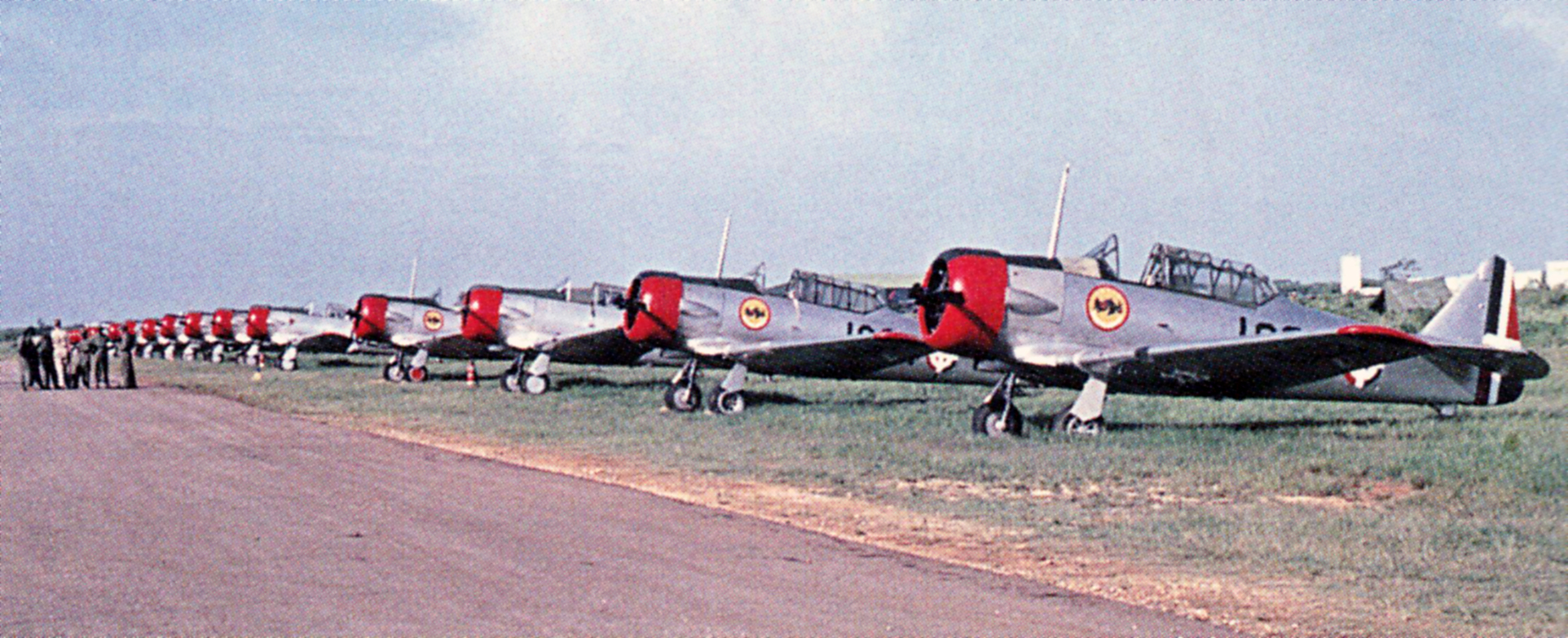
During 1956, the service’s last Boeing – Stearman PT-13s and Vultee BT-13s primary trainers were finally retired, leaving the Texans as the only platform for both basic and advanced flight training. Inevitably, during the next 7 years, about 15 Texans were lost due to accidents at the hand of cadets, thus decreasing the number of airworthy airplanes to 30 by 1963. A year later, the first North American T-28s were acquired, being impressed into service as primary trainers in order to relegate the surviving AT-6s for advanced flight training and as transition aircraft for pilots that would be assigned to the P-51s and the newly acquired De Havilland Vampires. By then, the Texans were divided into two squadrons: The first was the Escuadrón de Caza Ramfis or Ramfis Fighter Squadron, while the other was the Escuadrón de Caza-Bombardeo or Fighter-Bomber Squadron. In order to easily distinguish to which squadron the airplanes belonged, their cowlings were painted in distinctive colors. In the case of the Ramfis Squadron their cowlings were painted in red, while those on the Fighter-Bomber Squadron had their cowlings painted in yellow.
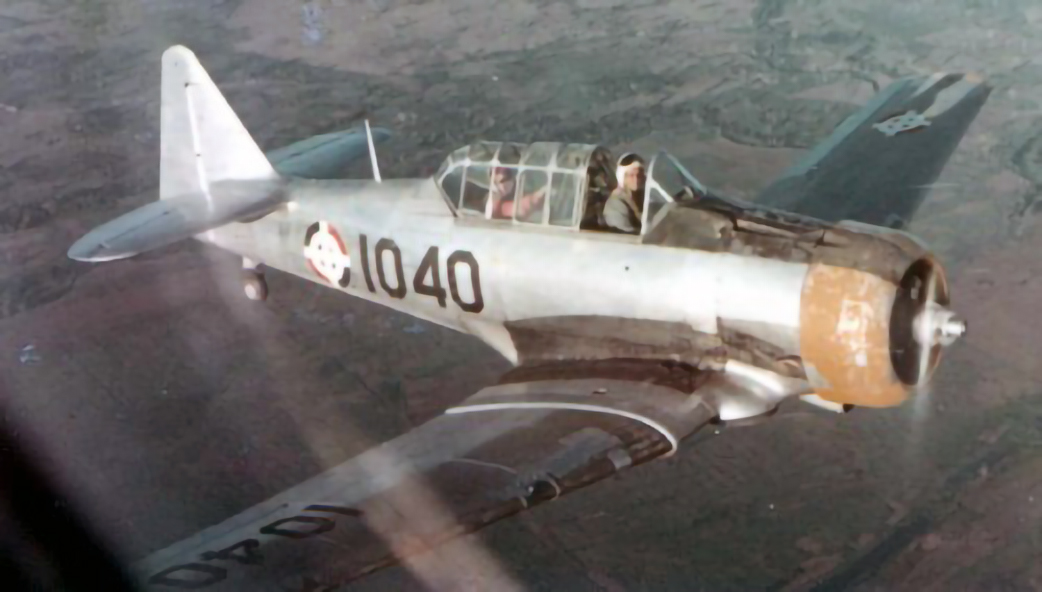
Since 1964, the availability of spare parts for the Texans decreased considerably, thus forcing the Dominican air arm to cannibalize part of its fleet in order to keep some of the airplanes flying. The inevitable replacements arrived in Santo Domingo in November 1969, when six North American T-28A armed trainers were delivered under the U.S. Military Aid Program, commonly known as MAP. However, the FAD decided to keep its last six Texans airworthy, which received an aggressive color scheme that consisted of a three-tone camouflage, very similar to the one used by the USAF in Southeast Asia. Of these six venerable machines, three were still flyable by 1972 and two survived until 1992, when they were last reported operational. By then, both aircraft were carrying special “aerobatic” color schemes.

For more in-depth information about the Dominican AT-6s, be sure to acquire a copy of Dan Hagedorn’s excellent book “Texans and Harvards in Latin America.” The chapter about the Dominican airplanes includes tables with the individual story of almost all the AT-6 delivered to the FAD. The book surely is a must-have for the aero-historian interested in Latin American military aviation.


